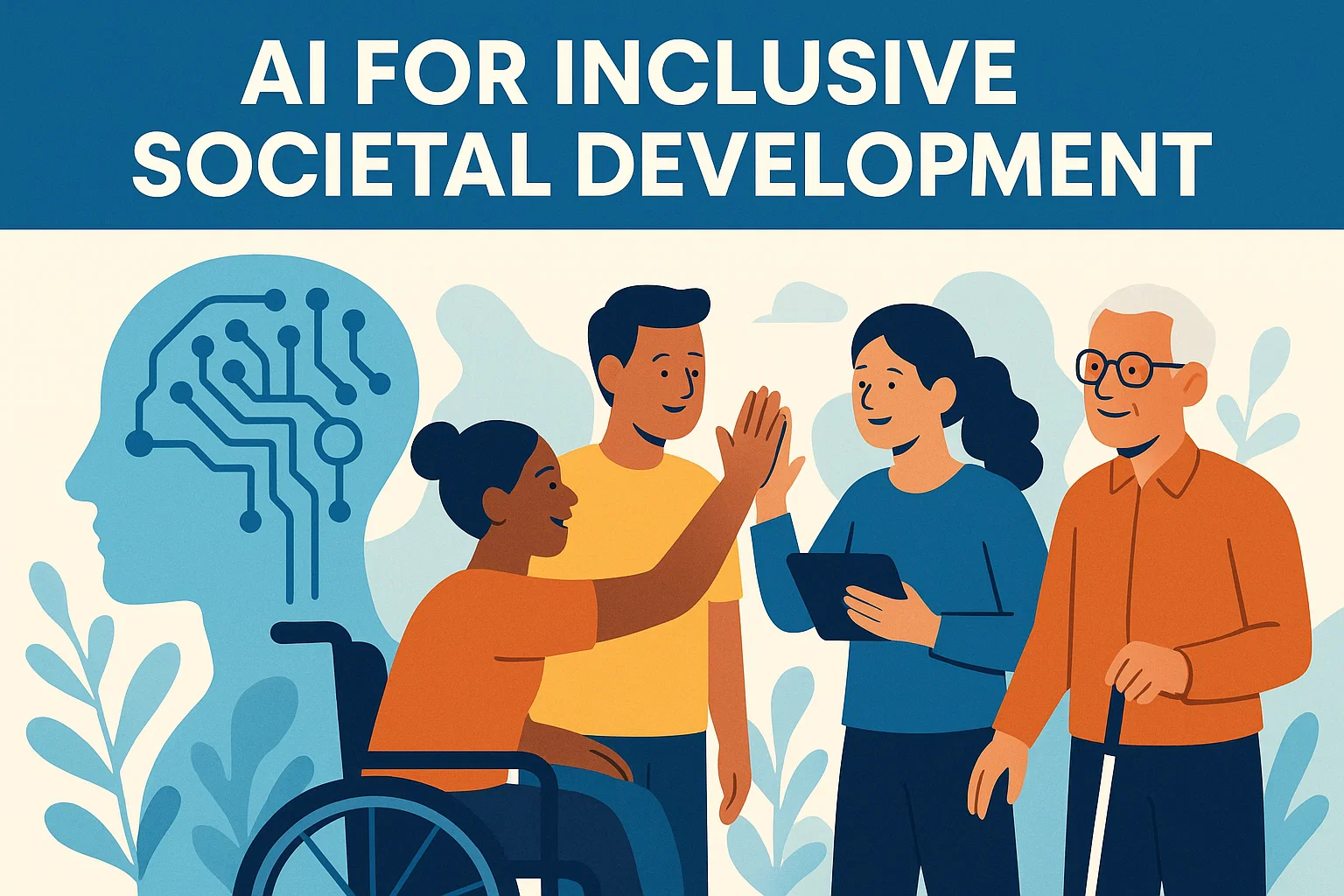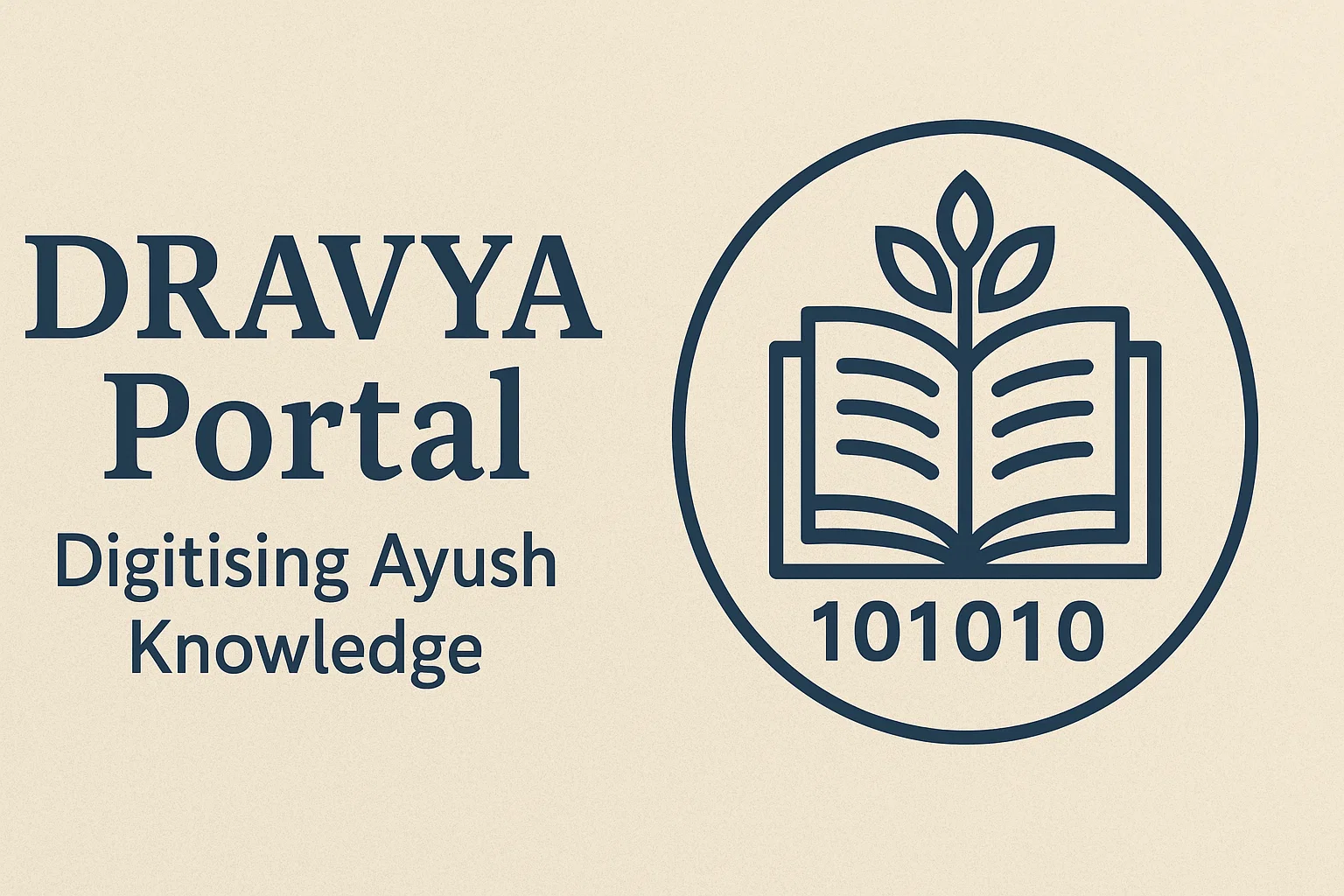Thematic Approach to the History Syllabus for UPSC
Explore a thematic approach to History for UPSC covering Ancient, Medieval, and Modern topics. Decode History Optional PYQs and GS trends with NCERT and PYQ integration.

Introduction
History is not just a subject of the past; it is a strategic paper that can help you score well in both UPSC Prelims and Mains, especially GS Paper I and the History Optional. A thematic approach, which emphasises key ideas and recurring topics across different time periods, helps students make sense of the vast syllabus and multiple sources. Whether you’re preparing for Ancient History through NCERTs, revising Modern India from Spectrum, or solving History Optional PYQs, organising your study thematically can improve retention, boost answer quality, and aid in comparative understanding.
This blog breaks down the thematic structure for Ancient, Medieval, and Modern History and how to integrate sources, previous year questions (PYQs), and optional papers with the General Studies strategy.
Why Choose a Thematic Approach for History in UPSC?
- Better Interlinking:
- UPSC Mains often tests the ability to compare and contrast. A thematic lens helps link events like the rise of urbanism in Ancient India with colonial urban policies in Modern India.
- Efficient Revision:
- Instead of revising chapter by chapter, themes such as “Religious Movements” or “Trade and Commerce” can be revised across timelines.
- Answer Enrichment:
- Thematic preparation ensures answers in Mains are not flat and linear but multidimensional and historically grounded.
- Effective PYQ Strategy:
- Topic-wise analysis of PYQs, such as on Buddhism or land revenue systems, reveals repeated focus areas.
- Consistency Across GS and Optional:
- Thematic preparation serves both GS I and History Optional, especially in Paper I which overlaps heavily with the GS syllabus.
Understanding the History Syllabus through Themes
UPSC divides history into three broad periods:
- Ancient History
- Medieval History
- Modern History
A fourth domain is also critical:
- World History (for GS Mains and Optional)
Each can be understood and prepared through themes such as Political History, Religious Movements, Economic Patterns, Art and Architecture, and Social Structures.
Ancient History for UPSC
Keywords integrated: ancient history for upsc, ancient history upsc topics, ancient history for upsc ncert, ancient history important topics for upsc, ancient history pyq upsc
Major Thematic Areas:
- Prehistoric and Protohistoric Cultures:
- Palaeolithic to Neolithic cultures
- Transition to settled life, tools, domestication
- Indus Valley Civilization:
- Urban features: drainage, granaries, seals
- Trade and economy, religion, decline theories
- Vedic Age:
- Early vs Later Vedic society
- Polity: Sabha, Samiti, Rajan
- Religion, social divisions
- Religious Reform Movements:
- Buddhism and Jainism
- Causes of emergence, philosophies, councils
- Spread and decline, cultural impact
- Mauryan Empire:
- Administration, espionage, taxation
- Ashokan Dhamma and inscriptions
- Arthashastra by Kautilya
- Post-Mauryan and Gupta Age:
- Indo-Greeks, Shakas, Kushanas, Satavahanas
- Gupta polity, science, golden age, decline
- Ancient Indian Society and Economy:
- Caste system, women, trade routes
- Guilds, coinage, education (Nalanda, Taxila)
- Art and Architecture:
- Stupa, Chaitya, Vihara, rock-cut caves
- Gandhara and Mathura schools of art
Important Sources:
- NCERTs (Class 6 to 12, especially Class 11: Themes in Indian History I)
- R.S. Sharma (India’s Ancient Past)
- IGNOU BA History Notes
Common PYQ Themes:
- Impact of Buddhism on Indian society
- Gupta contributions to science and art
- Ashoka’s Dhamma vs Dharma of Vedic period
Medieval History for UPSC
Major Thematic Areas:
- Early Medieval India (600-1200 CE):
- Chalukyas, Pallavas, Rashtrakutas, Gurjara-Pratiharas
- Feudal polity, Bhakti movement seeds
- Delhi Sultanate (1206-1526):
- Slave to Lodi dynasty, centralization vs decentralization
- Iqta system, market control (Alauddin Khilji)
- Mughal Empire (1526-1707):
- Mansabdari system, Jagirdari crisis
- Religious policies of Akbar, Aurangzeb
- Provincial Kingdoms:
- Vijayanagar and Bahmani kingdoms
- Marathas, Rajput states
- Bhakti and Sufi Movements:
- Saints like Kabir, Guru Nanak, Chaitanya
- Sufi silsilahs: Chishti, Suhrawardi
- Impact on society and art
- Medieval Society and Economy:
- Agrarian relations, peasantry, trade
- Coinage, crafts, urban centers
- Art, Architecture, and Culture:
- Indo-Islamic architecture (Qutub Minar, Fatehpur Sikri)
- Painting styles: Mughal, Rajput
Important Sources:
- Satish Chandra (Medieval India)
- NCERT Class 7 & 11: Themes in Indian History II
Common PYQ Themes:
- Differences between Bhakti and Sufi movements
- Features of Mughal administration
- Agrarian economy under the Delhi Sultanate
Modern History for UPSC
Major Thematic Areas:
- British Expansion and Conquest:
- Battle of Plassey, Buxar, Mysore Wars
- Subsidiary Alliance, Doctrine of Lapse
- Economic Impact of British Rule:
- Deindustrialization, land revenue systems
- Drain of Wealth, Famines, Dadabhai Naoroji
- Social and Religious Reforms:
- Raja Ram Mohan Roy, Ishwar Chandra Vidyasagar
- Aligarh Movement, Arya Samaj, Theosophical Society
- Peasant and Tribal Movements:
- Indigo revolt, Santhal uprising, Munda rebellion
- 1857 Revolt:
- Causes, nature, leadership, outcomes
- Difference in interpretations (nationalist vs Marxist)
- Indian National Movement:
- Moderate, Extremist, Revolutionary phase
- Gandhian era: Champaran to Quit India
- Role of women, students, Muslims
- Partition and Independence:
- Cabinet Mission, Cripps Mission, Mountbatten Plan
- Role of Subhas Chandra Bose and INA
- Post-Independence Developments:
- Princely states’ integration, Constituent Assembly
- Reorganization of States
Important Sources:
- Spectrum (Modern India)
- Bipan Chandra (India’s Struggle for Independence)
- NCERT Class 12: Themes in Indian History III
Common PYQ Themes:
- Role of Mahatma Gandhi in mass movements
- Causes and results of the 1857 Revolt
- Colonial economic policies and their impact
History Optional PYQ Topic-Wise Strategy
History Optional aspirants benefit immensely from organizing past questions by theme. This helps:
- Recognise high-frequency topics (e.g., Buddhism, Peasant movements)
- Spot changing trends (factual vs analytical questions)
- Align preparation with GS topics (e.g., social reform movements)
Suggested Approach:
- Divide each paper (Paper I & II) into themes: polity, society, economy, culture, religion
- Create a PYQ repository per theme for 10 years
Example:
- Theme: Religion in Ancient India
- PYQs on Buddhism, Vedic religion, Jainism
- Theme: Land Revenue in Colonial India
- PYQs on Ryotwari, Mahalwari, Zamindari
Integrating NCERTs, PYQs, and Advanced Sources
Keywords integrated: ancient history for upsc ncert, ancient history pyq upsc
- NCERTs:
- Start with Class 6 to 12
- Focus on Class 11 and 12 for analytical depth
- PYQs:
- Group them under major themes
- Use them as a self-test tool after completing each theme
- Advanced Sources:
- RS Sharma, Satish Chandra, Bipan Chandra for depth
- IGNOU BA/MA Notes for Optional value addition
Benefits of a Thematic Strategy
- Smart Revision: Less repetition, better conceptual clarity
- Better Answer Structure: Answers include diverse perspectives
- Improved Retention: Cognitive mapping by themes aids memory
- Dual Benefit: Prepares GS and Optional in one go
- Enhanced Essay Skills: Historical perspectives for value addition
Conclusion
Adopting a thematic approach to the Ancient, Medieval, and Modern History for UPSC syllabus ensures a strategic and analytical mindset. It allows aspirants to move beyond rote memorization, enhances essay writing, and supports multidimensional answers for Mains.
From Ancient History NCERTs to Modern India PYQs, when you think in themes, you retain better, write better, and perform better. Whether you’re preparing for History Optional or GS Paper I, thematic preparation is the roadmap to success.
Mantra: “Think in Themes, Revise in Layers, Answer with Analysis.”
Subscribe to our Youtube Channel for more Valuable Content – TheStudyias
Download the App to Subscribe to our Courses – Thestudyias
The Source’s Authority and Ownership of the Article is Claimed By THE STUDY IAS BY MANIKANT SINGH


